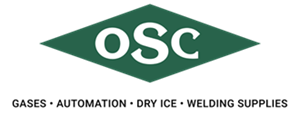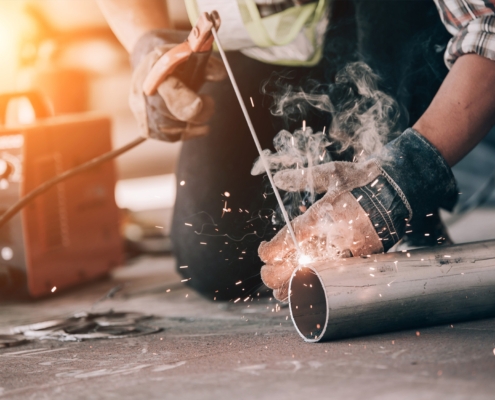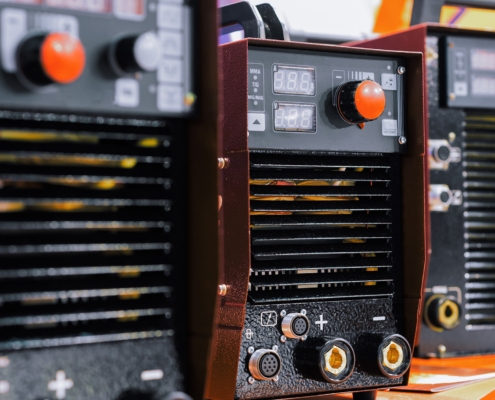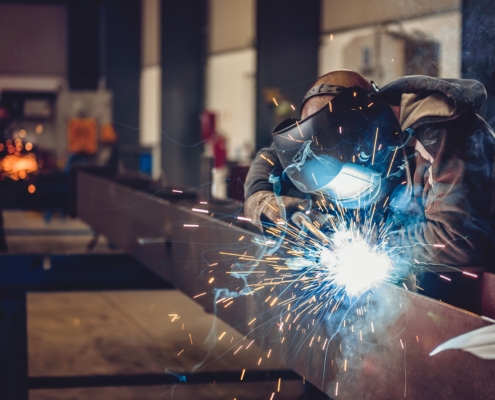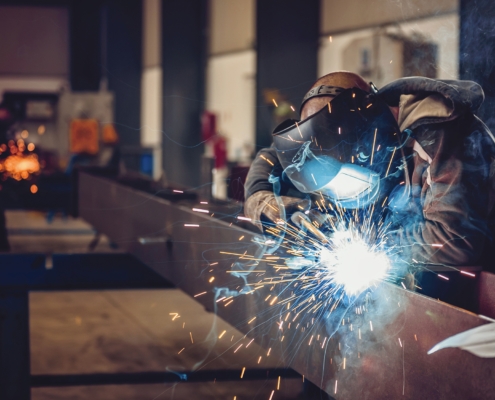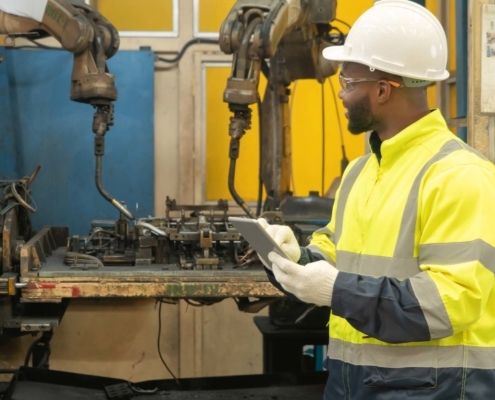A failing welding machine rarely breaks down without warning, but if no one’s paying attention, those warnings go unnoticed until it’s too late. That’s when the costs start stacking up, from rushed repairs and production delays to lost hours, and frustrated teams.
Waiting until a machine fails forces you into reactive maintenance, which is almost always more expensive than planned service. You’re likely paying a premium for urgent labor and expedited parts—not to mention the potential damage to your project timeline or client trust.
Instead, spotting the early symptoms and addressing them with welding machine repair services can:
Being proactive isn’t just smart, it’s profitable. Let’s break down the most common warning signs your equipment might be heading for failure, so you can act before it disrupts your operations.
